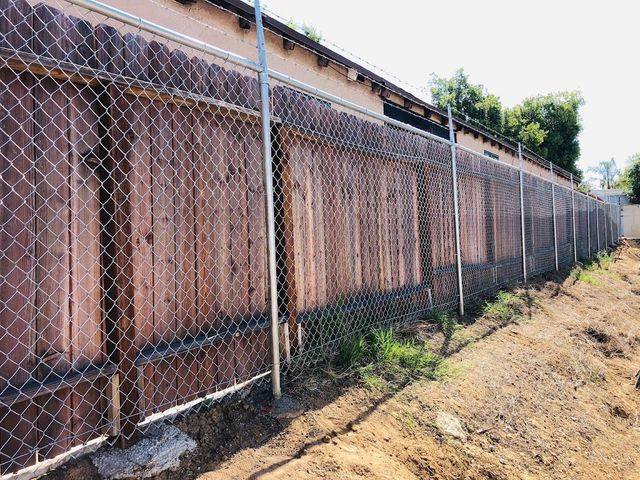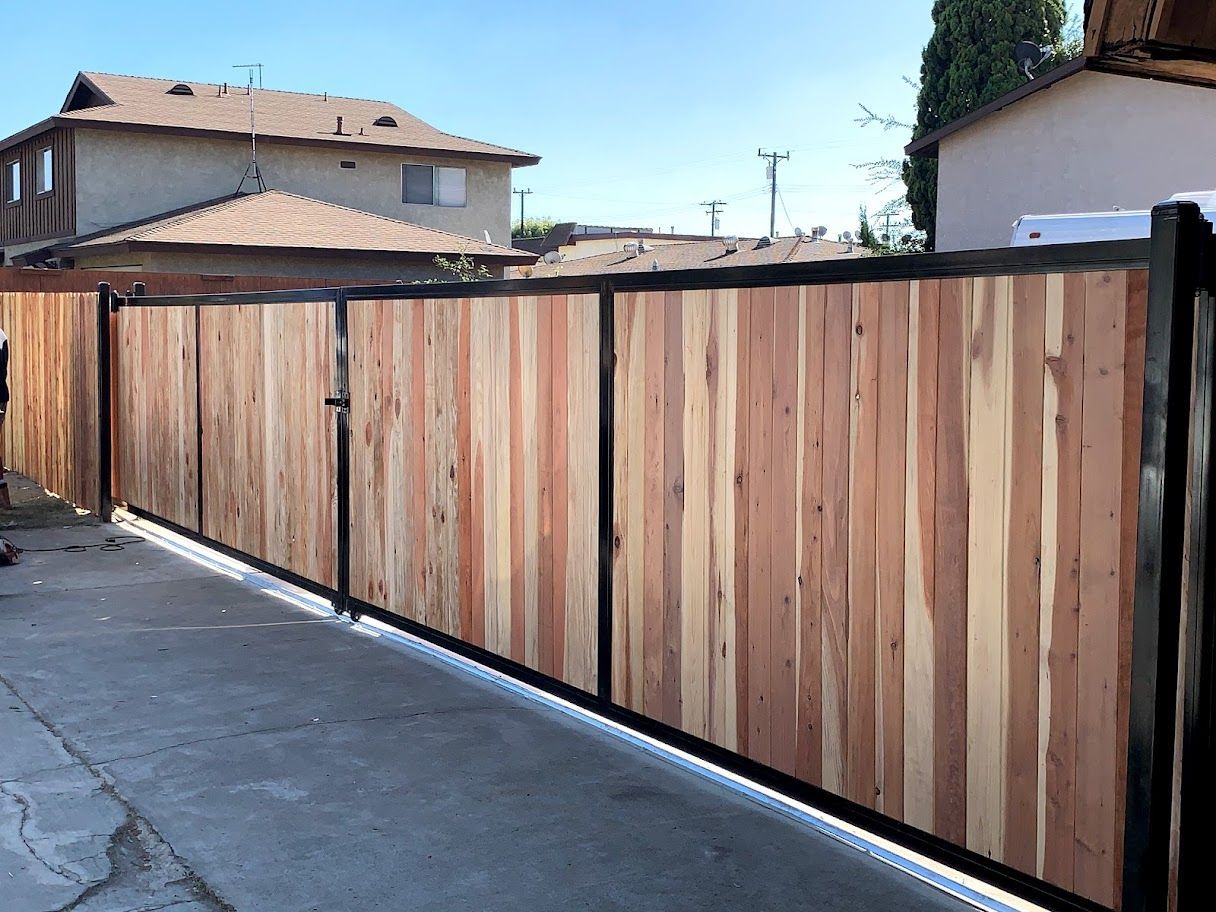All Categories
Featured

Wood fencings are a prominent choice for property owners as a result of their natural charm and flexibility. Nonetheless, to maintain your fence looking excellent and functioning well, normal maintenance is crucial. Among the most vital jobs in fence maintenance is choosing just how often to stain the wood or paint. The appropriate upkeep schedule can help shield your fence from the aspects, protect against damage, and prolong its lifespan. When it's time to paint or stain your wood fencing., right here's a guide to help you establish.
Variables Influencing Painting or Tarnishing Regularity. A number of vital aspects establish exactly how often you ought to repaint or tarnish your wooden fence. These include the kind of wood, the environment in your region, and the level of exposure your fence needs to the elements.
- Environment and Weather Condition Issues. The climate where you live plays a considerable role in just how rapidly your fence will put on down. Severe climate condition such as intense sun, heavy rain, or freezing temperature levels can accelerate the wear and tear process.
Sunny Climates: In locations with whole lots of sunshine, UV rays can cause the wood to dry, fade, and crack. As a result, you might require to repaint or restain your fencing every 2 to 3 years to avoid damages. Rainy or Humid Locations: In position where rain and moisture are constant, wooden fencings soak up moisture, which can result in bending, decomposing, or mold and mildew growth. Normal discoloration is required in these regions, normally every 1 to 2 years. Cold Climates: Icing up temperature levels and snow can trigger the paint or tarnish to peel. You might need to revitalize the coating every 3 to 5 years to maintain your fence in great problem if your location experiences cold winter seasons. 2. Kind of Timber. The wood species utilized for your fencing will likewise determine the regularity of paint or discoloration. Woods tend to be extra sturdy than softwoods, and each sort of timber reacts in different ways to paint or discolor.
Cedar and Redwood: These timbers are naturally resistant to rot and insects, however they can lose their color over time because of UV direct exposure. Discoloration or securing these sorts of wood every 2 to 3 years helps preserve their look. Pine and Fir: These softwoods are much more vulnerable to dampness damage and need more regular upkeep. You might need to restain or repaint these fences every 1 to 2 years to keep them protected from the elements. Pressure-Treated Wood: While pressure-treated wood is made to resist rot, it still needs to be stained or secured to prevent dampness absorption. A fresh coat of stain or sealant may be essential every 2 to 3 years. 3. Paint vs. Discolor. Whether you repaint or discolor your fence can considerably affect the upkeep routine.

Paint: Repaint offers a solid layer of security that blocks dampness and UV rays. It can peel off, fracture, or fade over time, particularly with prolonged direct exposure to the aspects. Normally, a repainted fencing needs to be repainted every 3 to 5 years. Discolor: Discolor soaks right into the timber and supplies a more natural appearance while still supplying defense. Discolored fences have a tendency to show put on faster than repainted ones, as the tarnish can discolor or get rid of. You will likely require to restain your fencing every 2 to 3 years, depending upon the exposure to sun and rainfall. 4. Visible Indications of Wear. While a basic upkeep schedule is valuable, you should likewise keep an eye on the problem of your fencing to establish when it's time for a fresh coat of paint or tarnish. Try to find these signs:
Discoloring or Discoloration: If your fencing has lost its initial shade or has actually become weather-beaten and gray, it's time to reapply a stain or paint to recover its appearance. Breaking or peeling off: If the paint or discolor starts to peel off or fracture, it's a clear sign that the safety layer is no much longer doing its job. This can result in water damage, so it is necessary to address it as quickly as possible. Water Absorption: Conduct a straightforward water test by splashing some water onto the surface of the fence. If the water beads up, the fencing is still sealed. If the water saturates in, it's time to restain or paint. 5. Proper Upkeep Techniques. For the very best results, it's vital to prepare the timber correctly prior to painting or discoloration. Beginning by cleaning the fence to remove mold, mildew, or dirt. Fix any kind of damage, such as cracks or loosened boards, to guarantee the fence remains in good condition prior to using a fresh coat.

Pick a dry, mild day for painting or discoloring to avoid the coating drying out too promptly or erratically. Constantly use paint or tarnish according to the supplier's guidelines, and enable ample drying time in between layers.
Verdict. In basic, wood fences should be painted or discolored every 2 to 3 years, depending on the environment, kind of timber, and direct exposure to the aspects. Whether you pick to repaint or stain, normal upkeep will certainly shield your fencing from the climate and keep it looking beautiful for years to come.
Latest Posts
The Restroom Upgrade Every Detroit Home Is Worthy Of
Published Apr 19, 25
1 min read
Affordable Car Repair Services at Montclare Auto Repair - Don’t Wait, Act Now!
Published Apr 19, 25
2 min read
Unlock Exclusive Discounts with WyHy's Love My Lending institution Rewards
Published Apr 19, 25
1 min read
More
Latest Posts
The Restroom Upgrade Every Detroit Home Is Worthy Of
Published Apr 19, 25
1 min read
Affordable Car Repair Services at Montclare Auto Repair - Don’t Wait, Act Now!
Published Apr 19, 25
2 min read
Unlock Exclusive Discounts with WyHy's Love My Lending institution Rewards
Published Apr 19, 25
1 min read